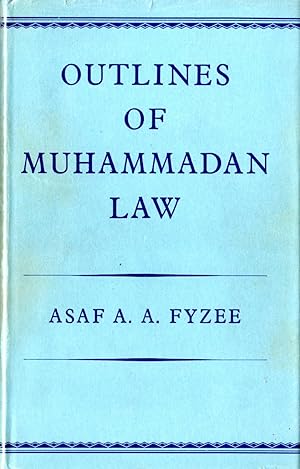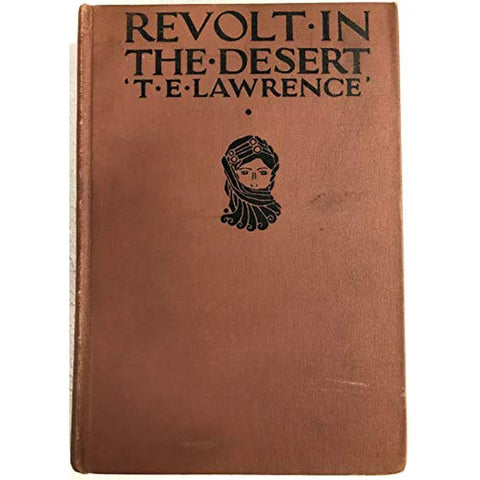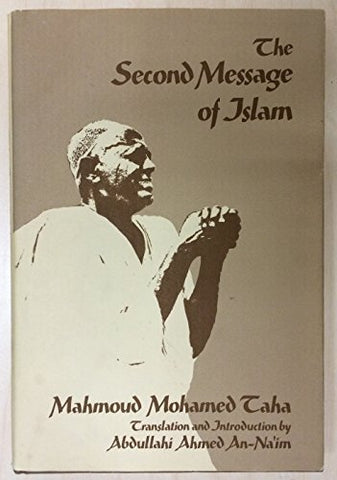Jordanian Jerusalem: Holy Places and National Spaces by Kimberly Katz
$ 100.00
Kimberly Katz explores the role of Jerusalem’s holy places in the process of creating a distinct national identity in Jordan from 1948 to 1967. The time period marks Jordan's control over Jerusalem, including the Muslim, Christian, and Jewish holy sites in the Old City. Katz shows that the governing Hashemite leaders co-opted the religious importance of Jerusalem to refashion Jordan’s image following the 1948 War in Palestine around the holy places, located in the newly enlarged kingdom. The Hashemites faced serious questions about their political legitimacy after being installed by the British as rulers in a demarcated region that had no historical precedent as a political entity. To promote their own legitimacy and that of the newly created state, the leaders employed state-issued cultural artifacts to define both the state and the nation. With the support and blessing of the West, they not only exploited the traditional religious appeal of Jerusalem in speeches and public discourse, but also designed modern symbols of the nation such as stamps and currency with markers of holiness. The monarchy assumed and projected one overriding posture throughout this period: guardianship of the Holy Land. Katz explores the lingering presence of the British in Jordan, while giving life and color to the contributions of Hashemite leaders such as Sharif Husayn, King Abdullah I, and King Hussein. She also traces the ways in which state officials carefully promoted the new political identity to their subjects, to other Arabs, to Muslims elsewhere, and to the world at large. One of very few books on Jordanian Jerusalem, this is the first that deals with the intersection of religious symbols, legitimacy practices, and nationalism through the framework of cultural history.
Year: 2005
Hardcover
Condition: Very Good (Missing Dust Jacket)






Share this item: